We know, we know, the anticipation is torturous! But we want to showcase all the juicy details like proud mama hens, we’re incredibly excited with where we’ve come from, where we’ve gotten to and, most importantly, where we’re headed! Our design concepts are detailed below, looking at key attributes that address different areas within our problem space.
Design Details
Our proposed solution actually presents itself in 3 parts; EndoBot, Wellness Wheels and EndoAware. Our design solution aims to tackle the 3 main problem areas we have identified in the endometriosis diagnostic process; limited technology, accessibility, and education.
EndoBot
EndoBot stems directly from our original MediScan concept and was developed after a meeting with Co-Founder of MarsBioimaging and head of The Department of Radiology at the University of Otago, Professor Anthony Butler. Professor Butler provided us with inormation regarding the implementation and limitations of our chosen technology, MediPix3. MediPix3 technology is a 3-dimensional scanner that is able to identify different types of materials in the body, including different tissues and would be utilised in EndoBot to identify tissue in the abdominal, uterine and pevlic area for signs of endometrial tissue. EndoBot will also utilised Hyger technology, to be able to navigate the space it is in and also the space and subject that it is scanning.
EndoBot would house and utilise this technolgoy to provide portable, customisable and accurate scanning technology to healthcare providers around Australia. Currently, the size of EndoBot is 1.3 metres in height and 1 meter in diameter (for those not familiar with the metric system, EndoBot is around 4’3″ by 3’2″). MediPix3 technology produces a substantially higher resolution image than current scanning technology (i.e. MRI, Ultrasounds, X-ray) and drastically reduces scanning time. As we’ve established prior, the average diagnostic time for endometriosis is at an average of 6-8 years and includes a multitude of scans that can take anywhere between 10 minutes to over an hour to complete, which does not account for the drastic time that people are often waiting to be able to attend an appointment to complete these scans. According to Professor Butler, MediPix3 has the potential to bring scanning times down to 3 to 4 seconds by 2030 – this would not only impact the time a patient would be required to be in an appointment, but also impact the number of people who would be able to receive a scan in any given timeframe and significantly minimising waiting list times. This additional time EndoBot creates also leaves more time for doctors or nurses to see patients.
Using both Medipix3 and Hyger technology in partnership with a rotational arch, EndoBot would be able to adjust itself around the patient in the cases where they may move or shift slightly, providing an accurate scan every time. The Hyger technology will also allow for EndoBot to navigate itself around a space, which would be useful in areas such as hospitals, where EndoBot would be able to navigate directly to a patients’ room, eliminating the need for the patient to get up and try to find the EndoBot scanning area themselves. Hyger technology also provides the opportunity for EndoBot to function in less stable environments, if the case so presented itself.
EndoBot also has an interchangeable base. Where it’s wheel-base may be suitable for stable environments and portability, EndoBot also includes a track-mounting base that can be equipped to a rail that is fixable to flat surfaces. This would allow EndoBot to be mounted to walls, floors and ceilings and be able to complete the scan in different environments and in different use cases.
Renders developed by Kieran Lewis.
Wellness Wheels
Wellness Wheels is what we’re proposing to use to get EndoBot to those far reach places, regional areas of Australia. A self-powered-solar-electric and self-driving vehicle, running on a rotating roster to areas aroung Australia that would otherwise maybe not have access to regular health check-ups. The bus would be staffed by a medical professional, such as a registered nurse, who would work on a Fly-In-Fly-Out (FIFO) roster to allow flexibility in their employment contract. At this stage, we are expecting FIFO to work to a one-week on, one-week off alternating roster.
In the weeks prior to the bus’ arrival, the local area will be notified of the current schedule and booking system. People will be able to book in for a scan prior to its arrival, though there will be a live waiting-time feature online that will support people who would prefer to have a walk-in appointment during the time the bus is in the area. Based on our research into EndoBot, and our intent to keep scanning times as low as possible, the additional time provided from saving time with the EndoBot scanner will allow for patients to spend more focused time with their medical professional instead.
The bus will provide a cormfortable and welcoming interior, with a safe and private space to complete the scan with EndoBot as well as provide space for a consulting area for patients to discuss their expectation, the scan and their results with the qualified medical professional.
In the case that a patient would prefer to receive and discuss their results in Wellness Wheels, they wold be encouraged to return to the bus prior to its departure from the area, or are welcome to see where the bus may be going next. Locations for regional and rural areas would likely overlap as well. In some cases, people may opt to recieve this same consultation as a TeleHealth (over-the-phone or video call) appointment in lieu of attending the Wellness Wheels location in-person. There would also be the option for results to be sent directly to the person’s general practitioner for consultation at their next appointment. Scans and results could also be consented by patients to be uploaded to their MyHealth Record for better accessibility between the persons’ doctors and specialists.
Additionally to the healthcare services that Wellness Wheels would provide, the space will also be used to promote awareness and education around reproductive health. The space itself could be altered into an education space that allows for resources to be shared and collaborated with by people in the area. In the cases where appointments for scans are also being completed, or consultations ongoing, there may be an option to provide a separate, enclosed area of the bus to providing information; this information would be primarily digitised and accessible online, but physical* information pamphlets or posters would be provided from Wellness Wheels as an option for people to take and read.
*physical materials would be paper sustainably sourced and produced with vegetable and skin-safe inks, and all would be completely biodegradable with no short- or long-term impact on the natural environment or health of the planet.
Renders developed by Kieran Lewis.
EndoAware
EndoAware is where everything happens. It’s the national program that we’re proposing to facilitate a population-based endometriosis screening, the same way one would normally receive a national cancer screen. EndoAware will be the umbrella for Wellness Wheels and EndoBot, providing resources for education, screen tests and all things to do with endometriosis.
Looking at similar national screens already in place, we’re proposing that EndoAware be facilitated the same way as current screens for breast and cervical screens are. This would included a national registry, to keep track of the last recommended appointment time the screen would have taken place. Prior to, or around, the time that someone might be due for a screen, they would receive communications from the Department of Health, encouraging them to book for their screen. This communication would not only include where they could go to get their screen done with EndoBot, but also if Wellness Wheels might be applicable to them.
Following a similar method to current screening programs allows for the familiarity of what is known to reach more people around Australia. There is an opportunity here to explore innovative ways to further communicate the importance of these types of health screens as we near 2030; we hope to discover these in our stakeholder engagement and roadmapping over the coming weeks.
Renders developed by Kieran Lewis. Mockups and branding developed by Howard Tu. Text developed by Nildene Spagnuolo.
Team Snapshot
That we’ve come so far in this project, we’re incredibly excited and motivated to continue with the momentum we’ve built and really get into developing the final parts of our project just in time for the design freeze in a few weeks!
Other highlights:
- It was an incredible coincidence that Kieran came across the contact for MarsBioimaging’s Professor Anthony Butler; the information that came from him regarding our intent to use CERN technology MediPix3 for our technical concept was vitally important in understanding the reach and limitations of how we want to use and combine the technology in our design.
- On a lighter note and because puns are fun, bilingual puns are even more fun! In case you missed it, today’s post includes a CUTERUS pun for a post title. Any uterus pun seems fitting though; let us know in the comments your favourite pun!
Next Steps
- Develop our chosen concept further
- Stakeholder engagement, technology evolution, and our implementation roadmap to 2030
- Prepare for The FREEZE!
Watch our Design Details Presentation here!


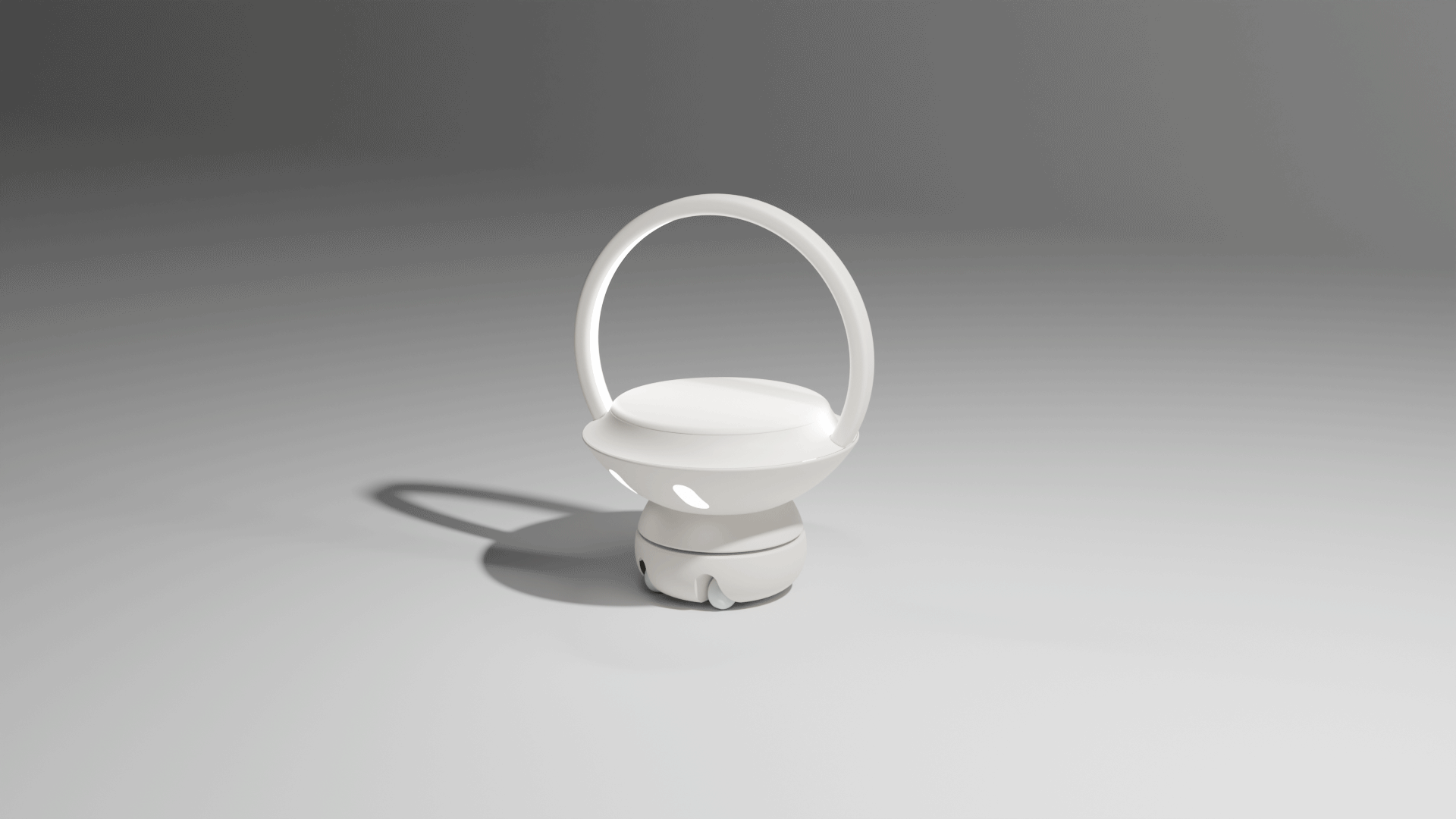
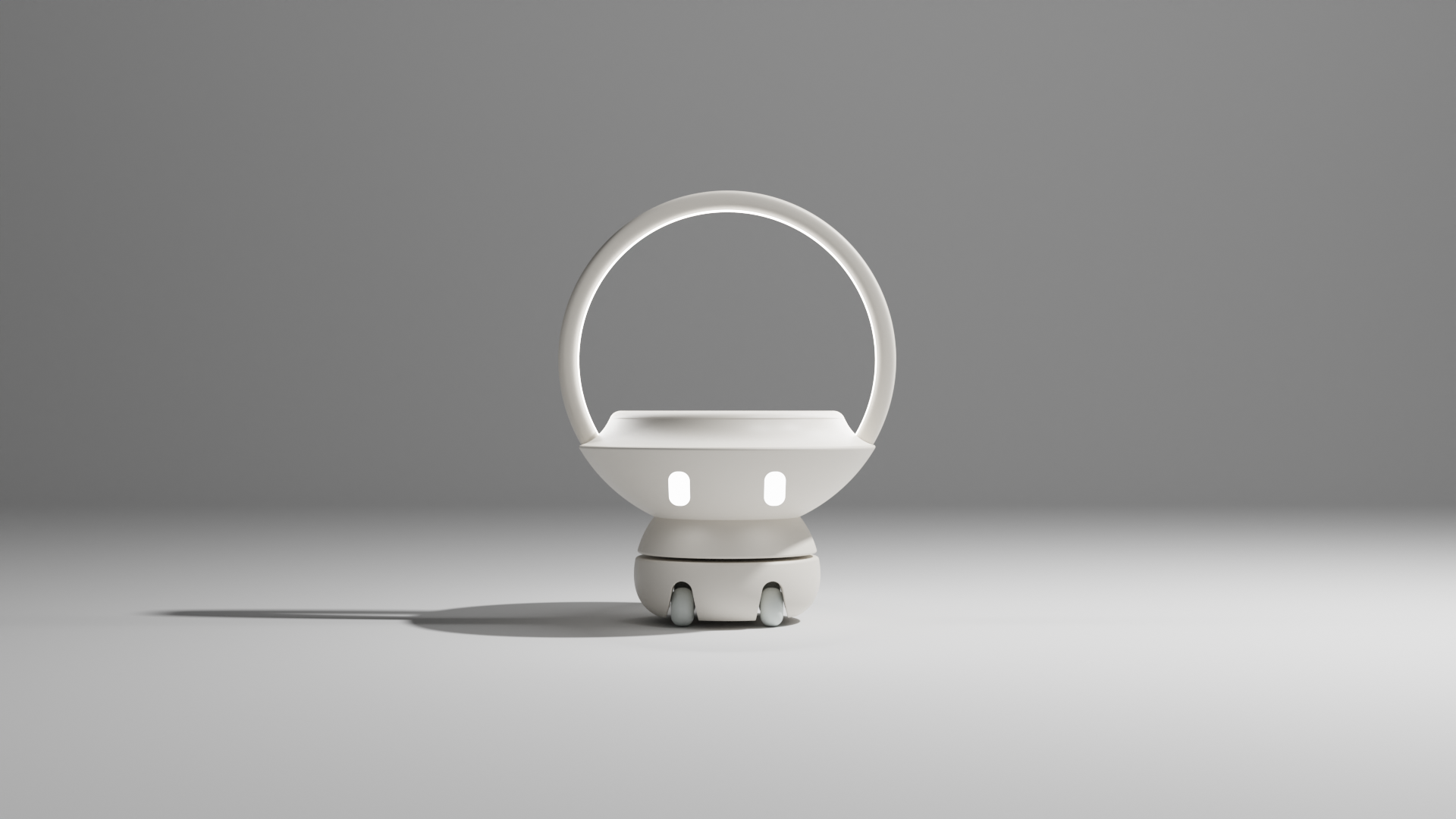
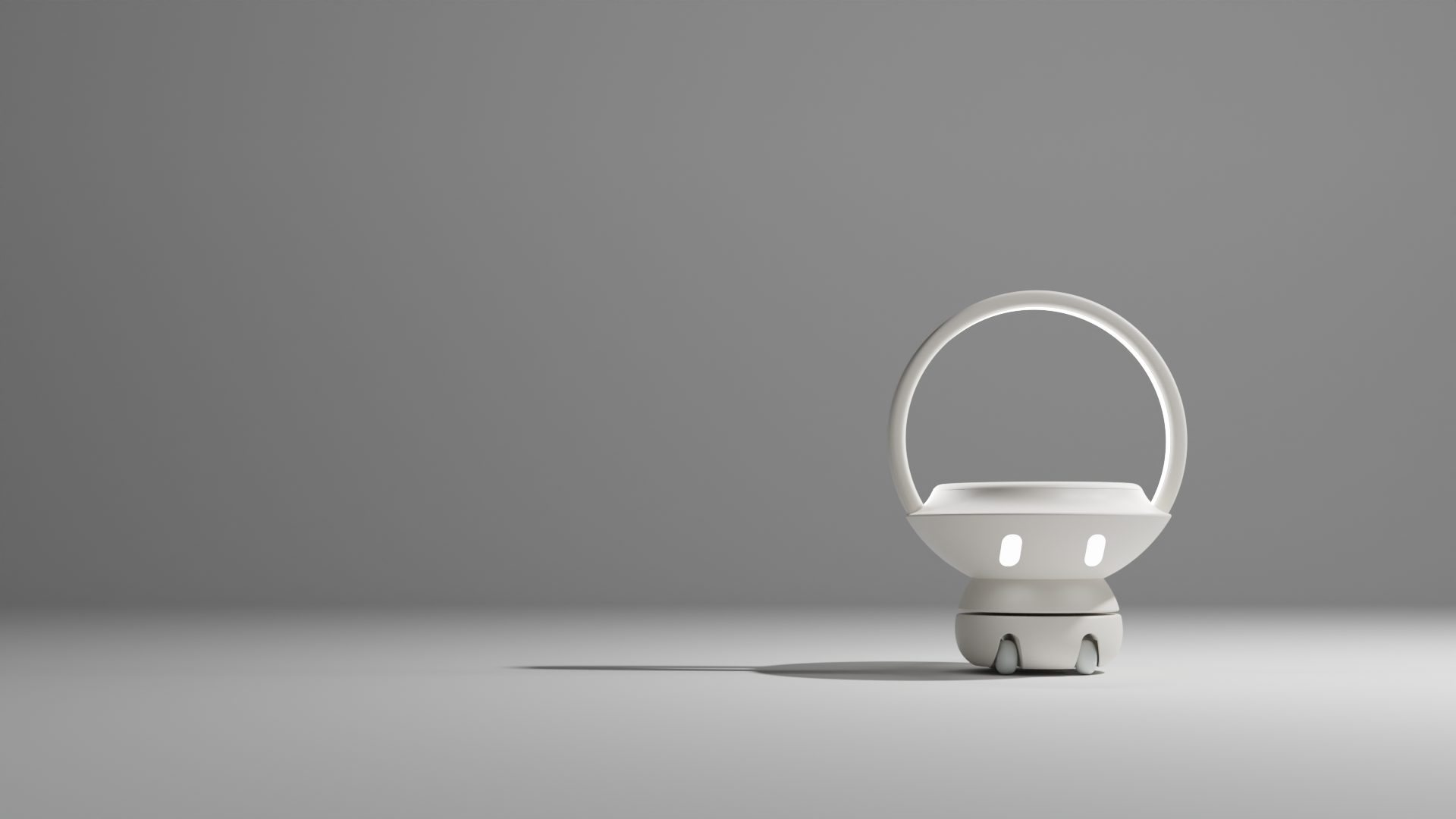

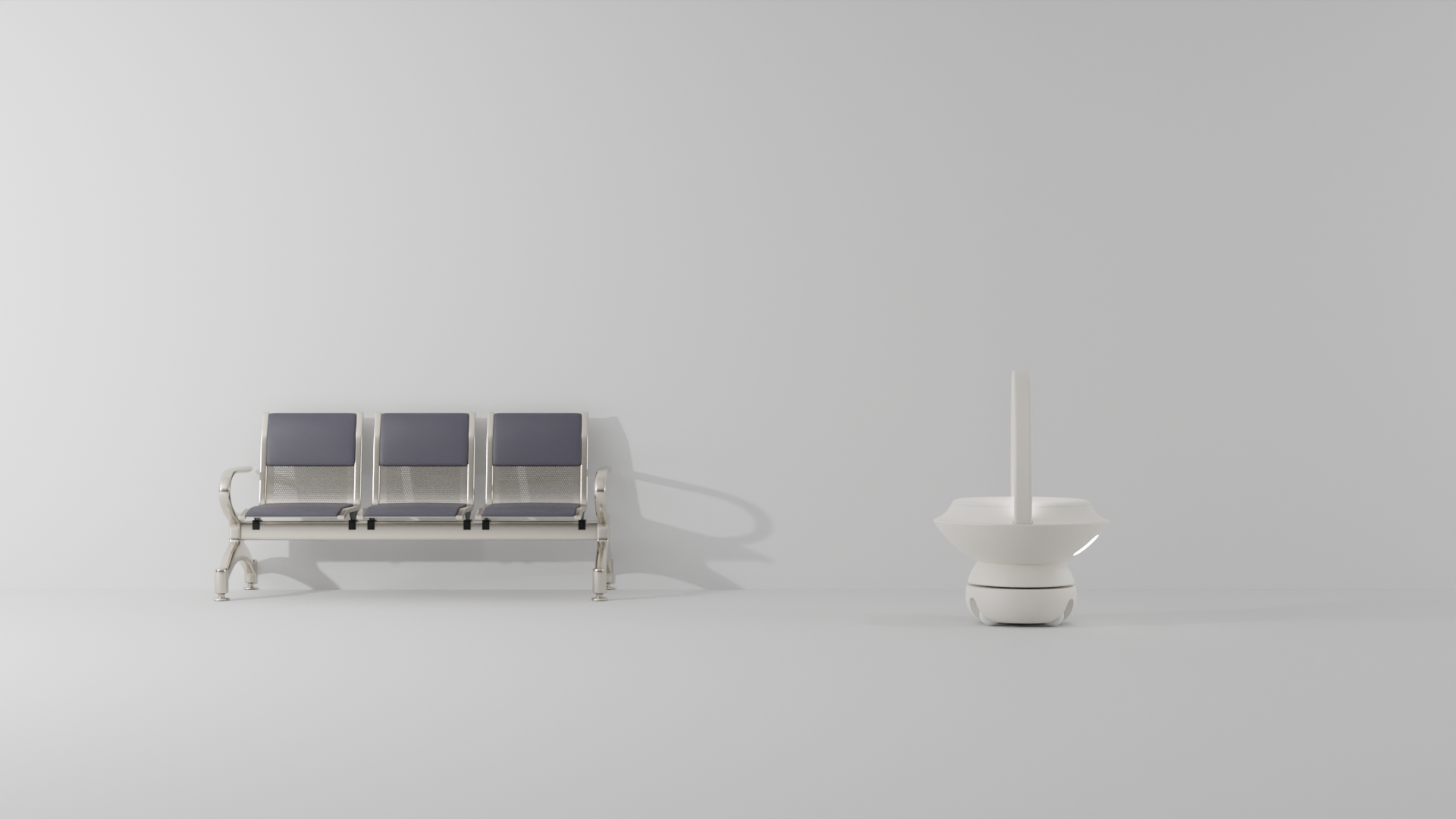
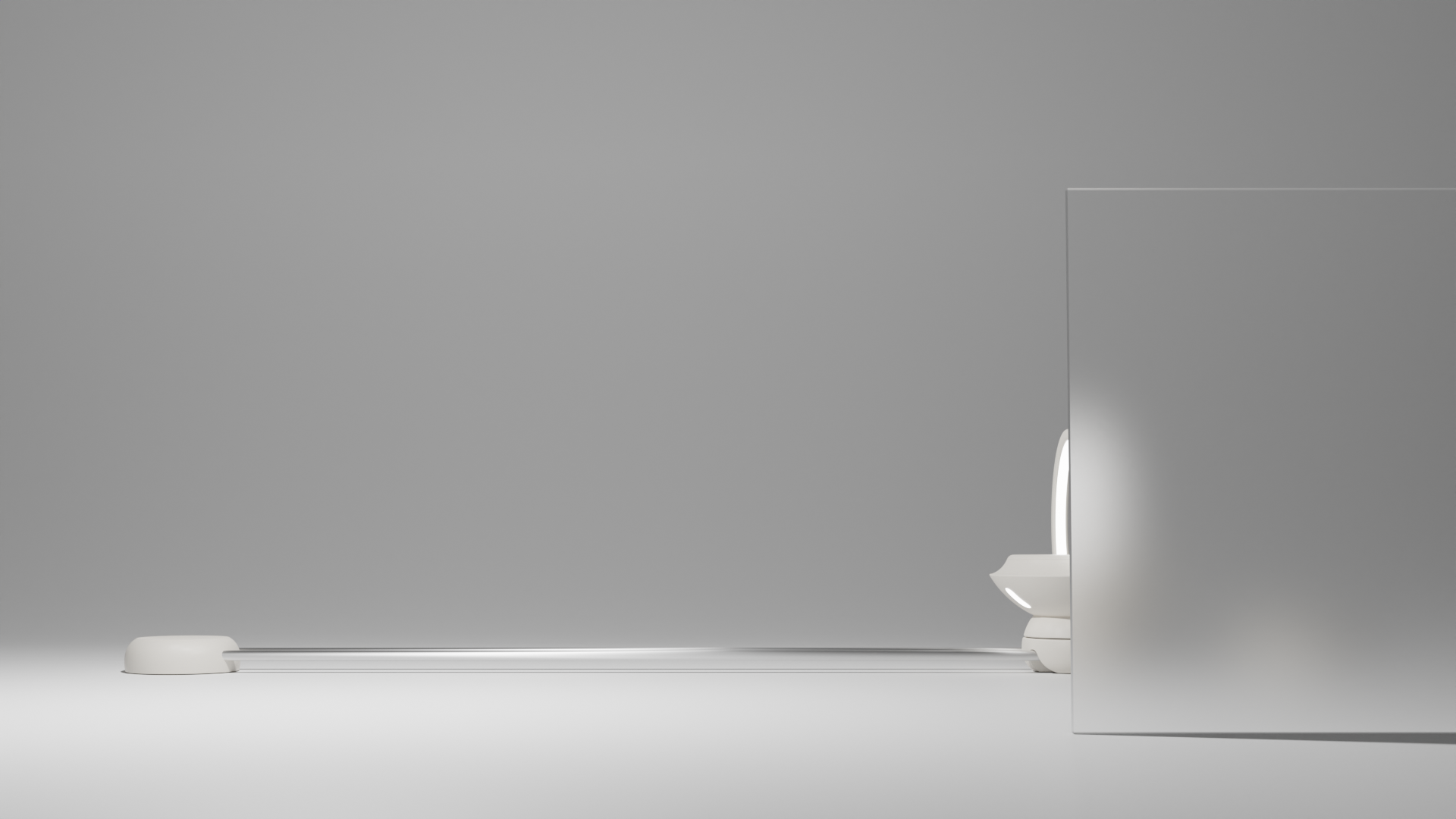
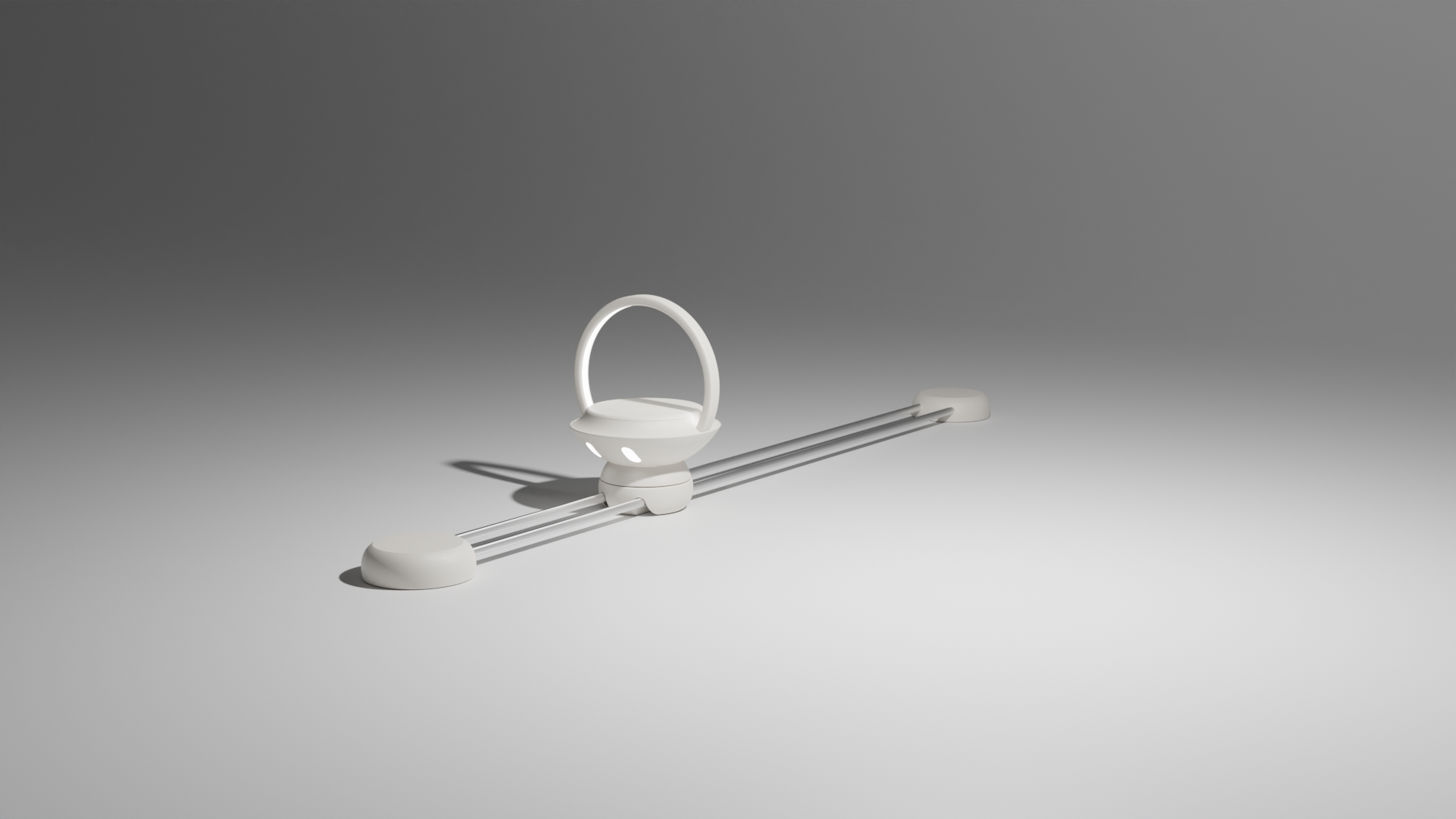
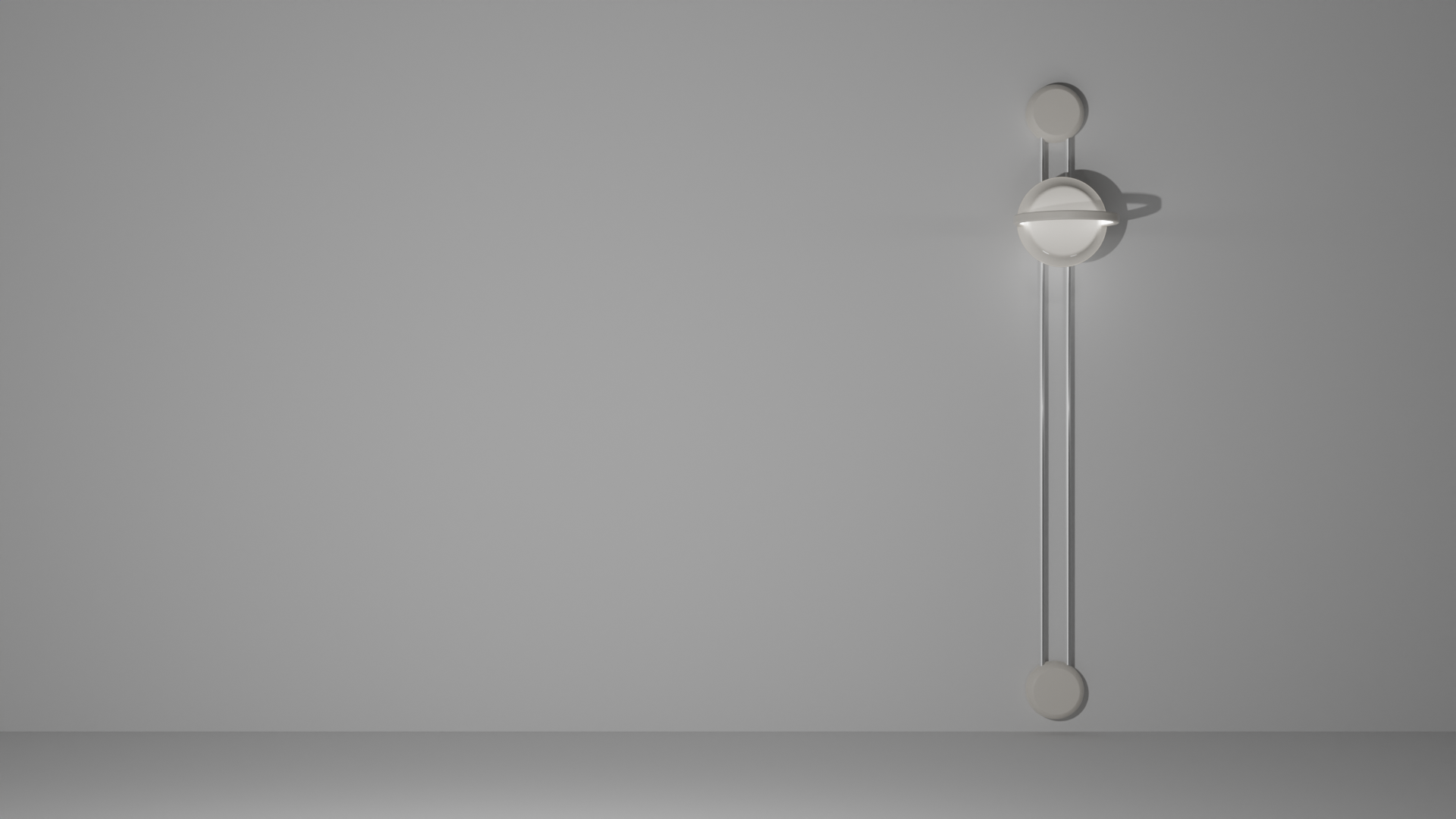
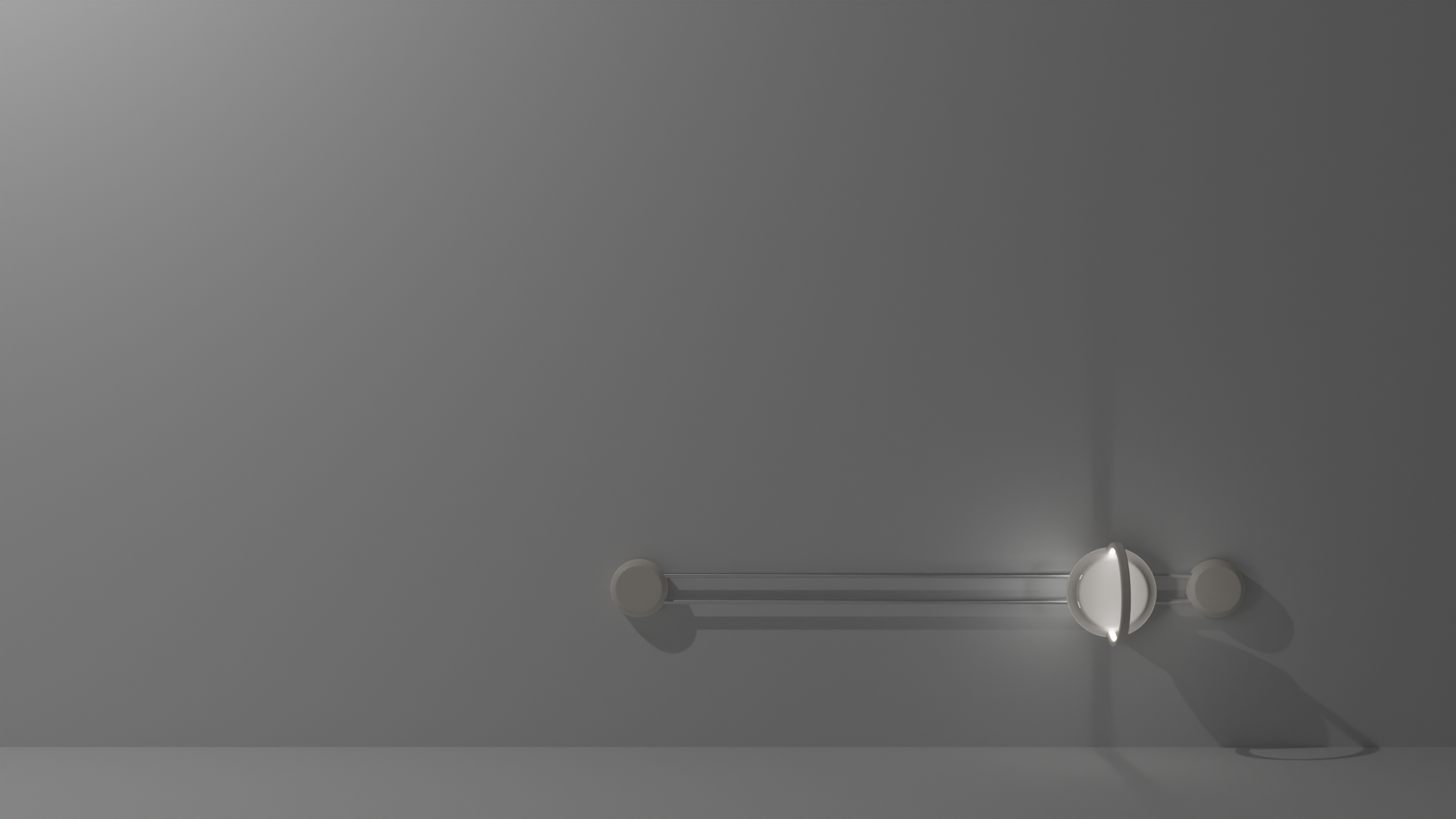
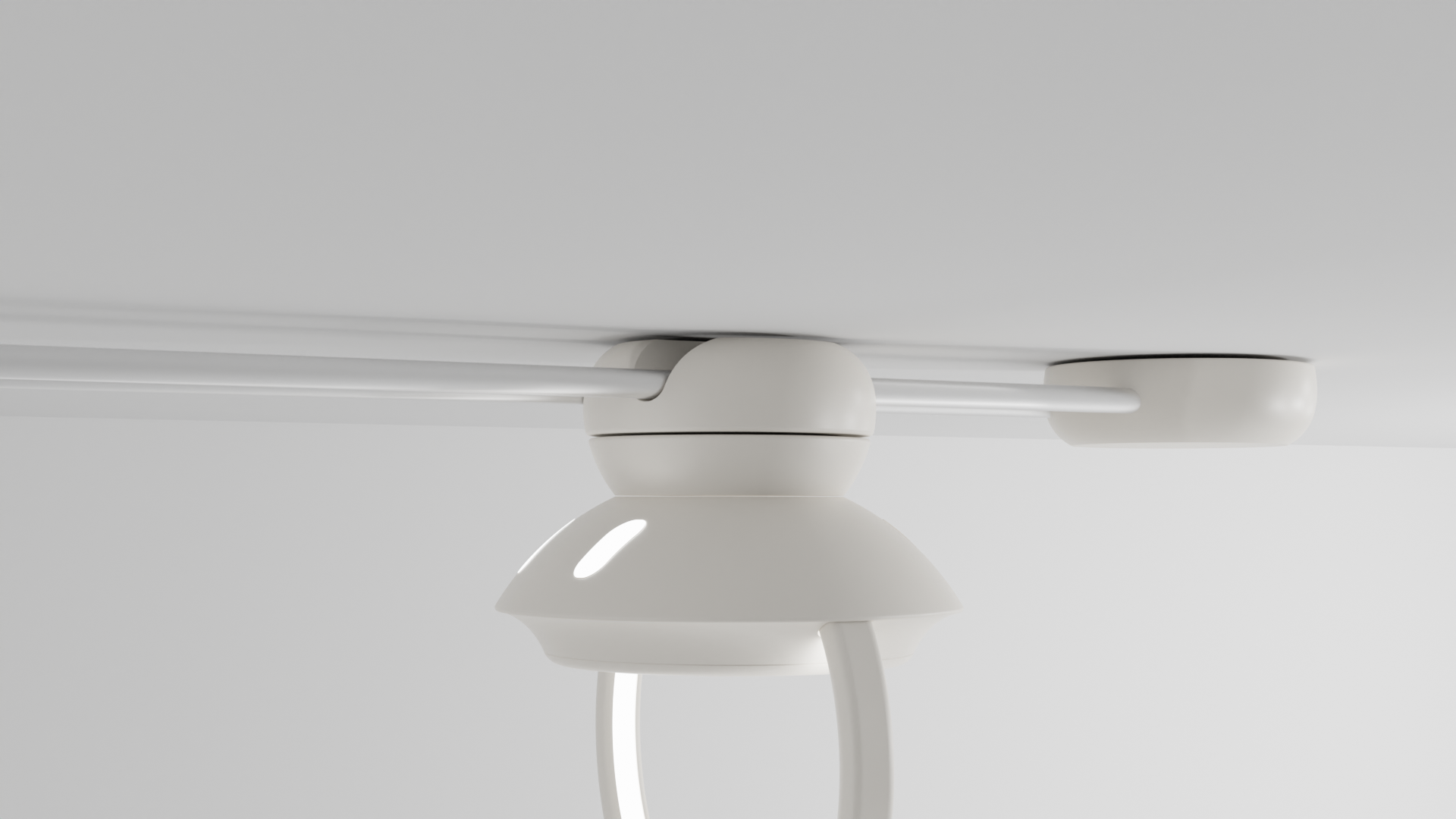
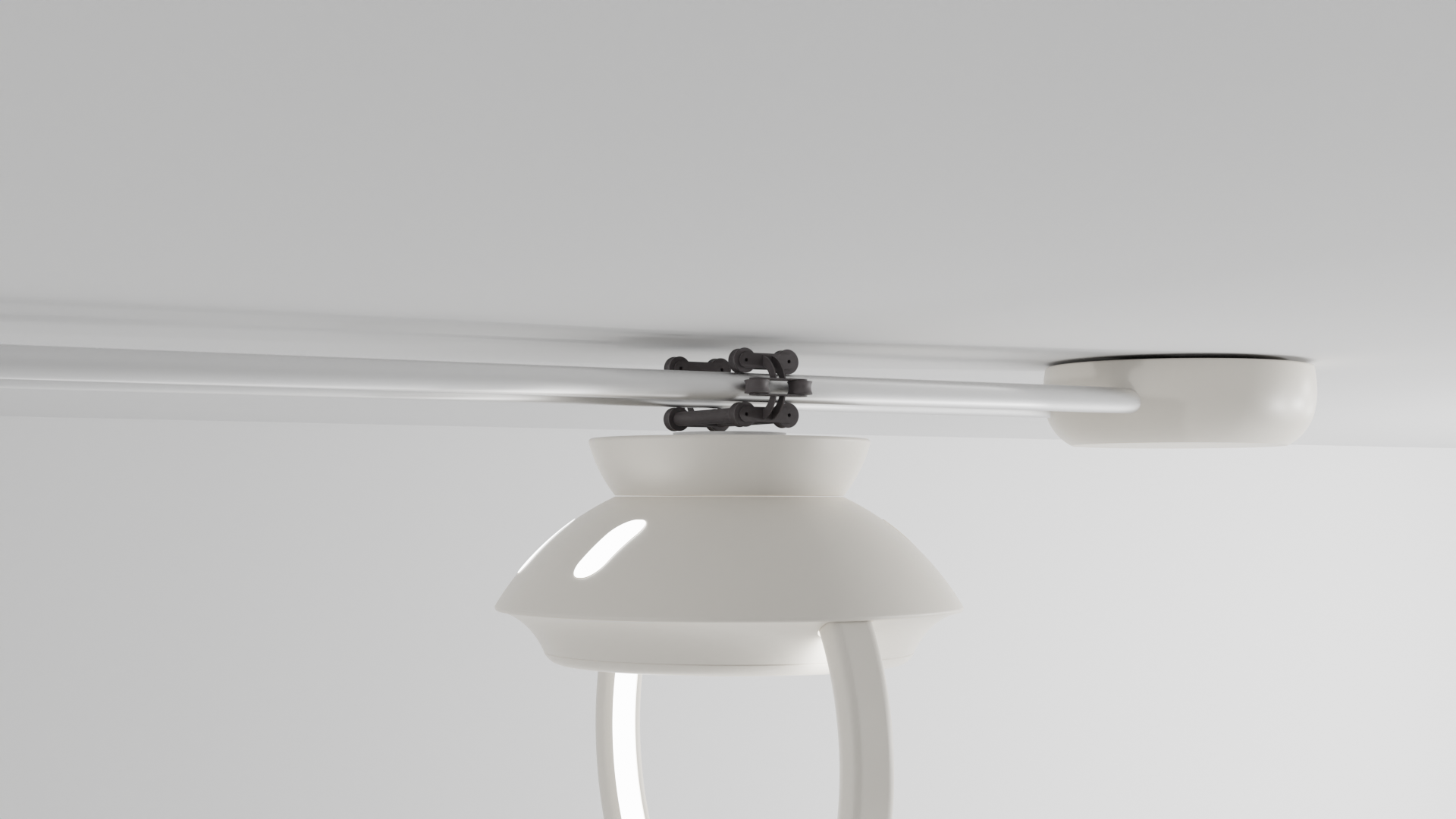
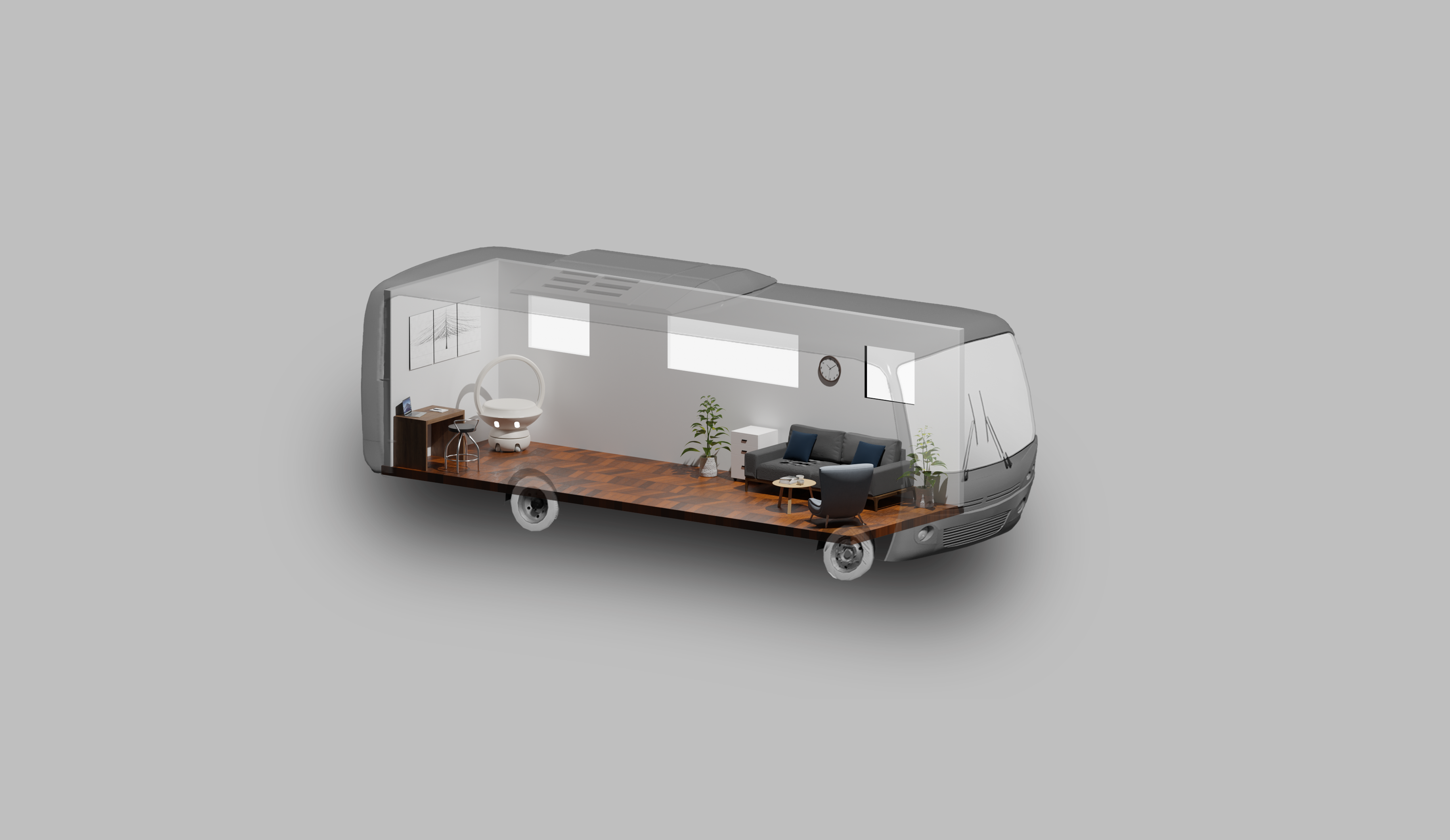
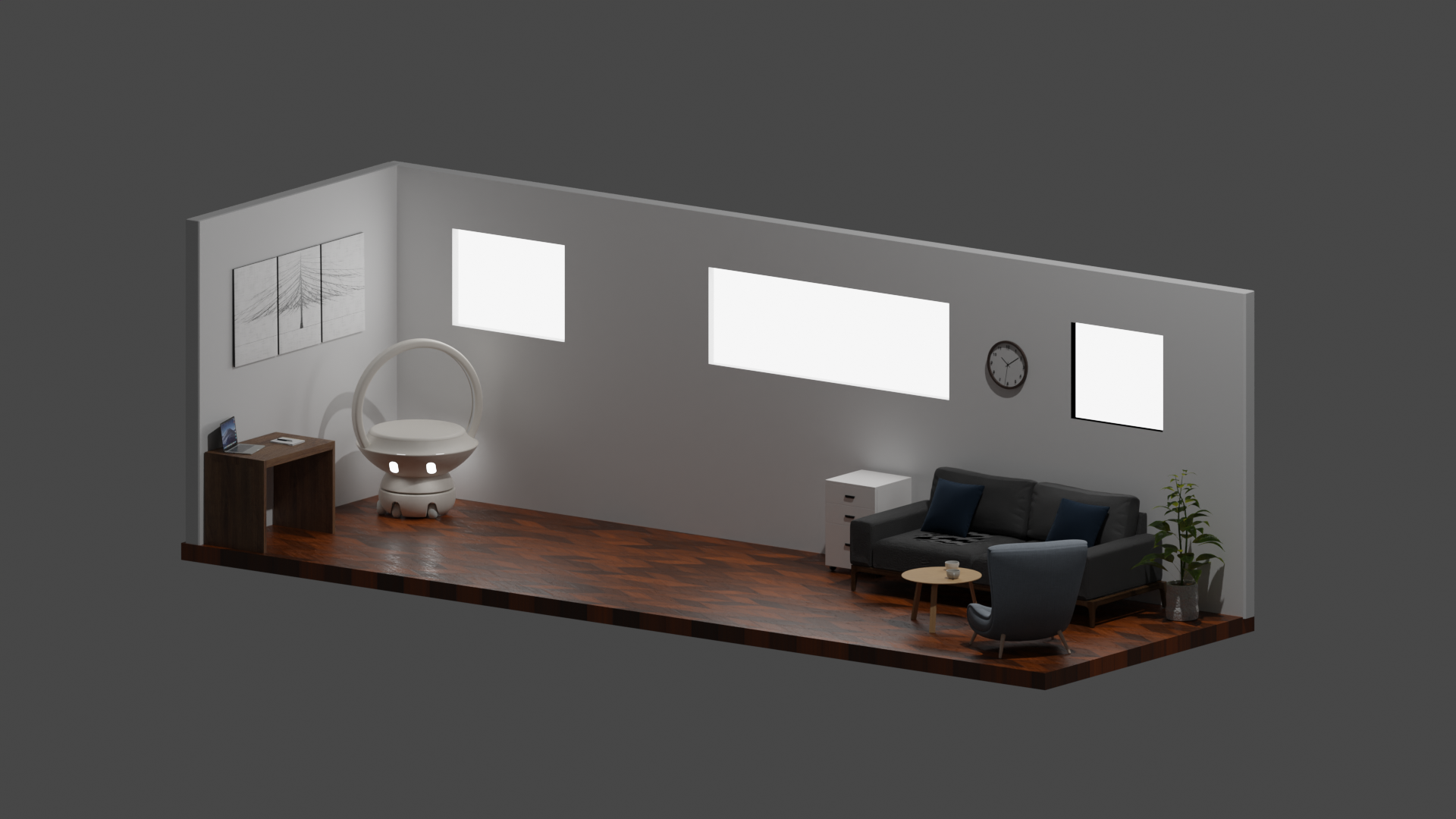
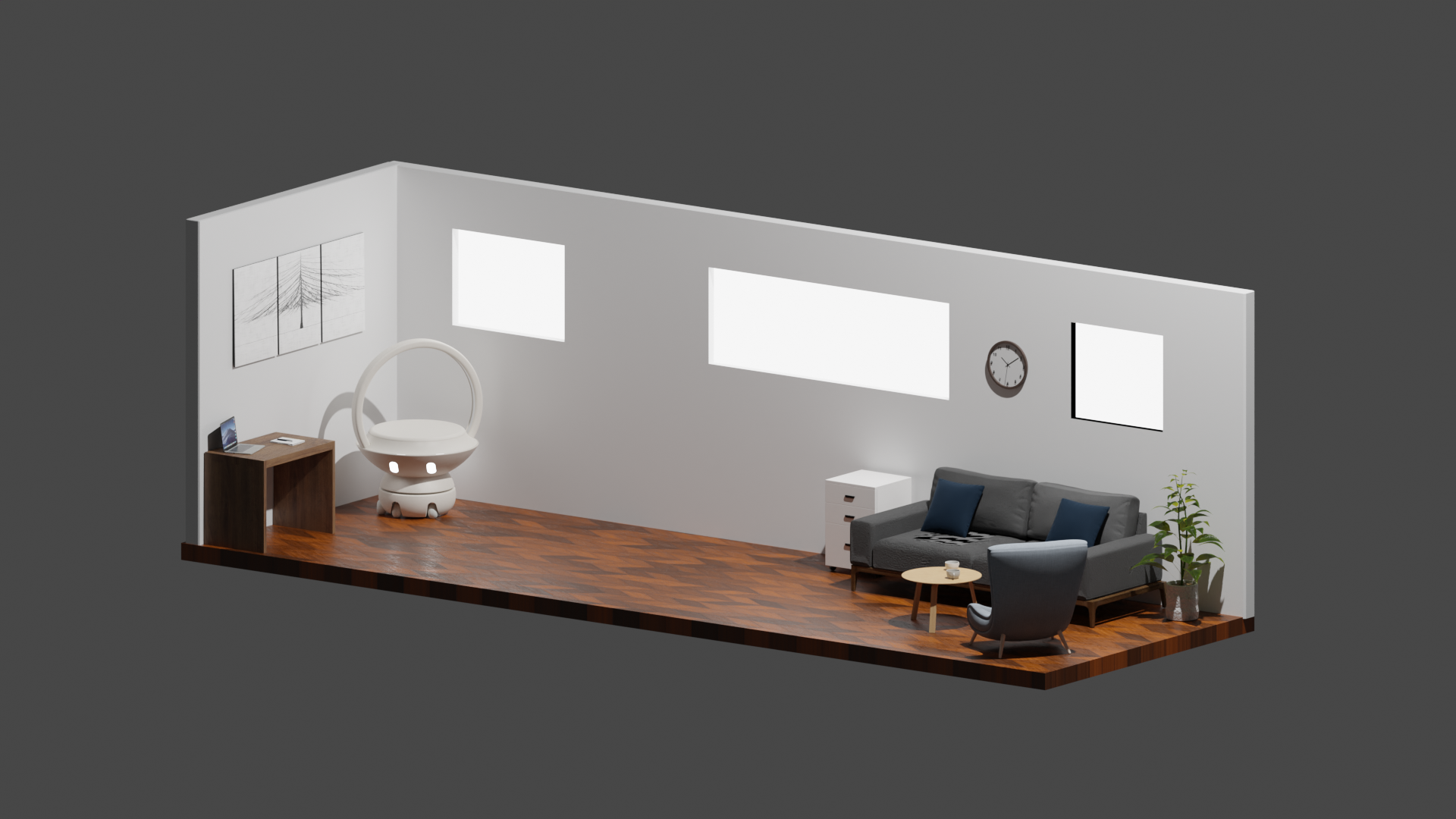
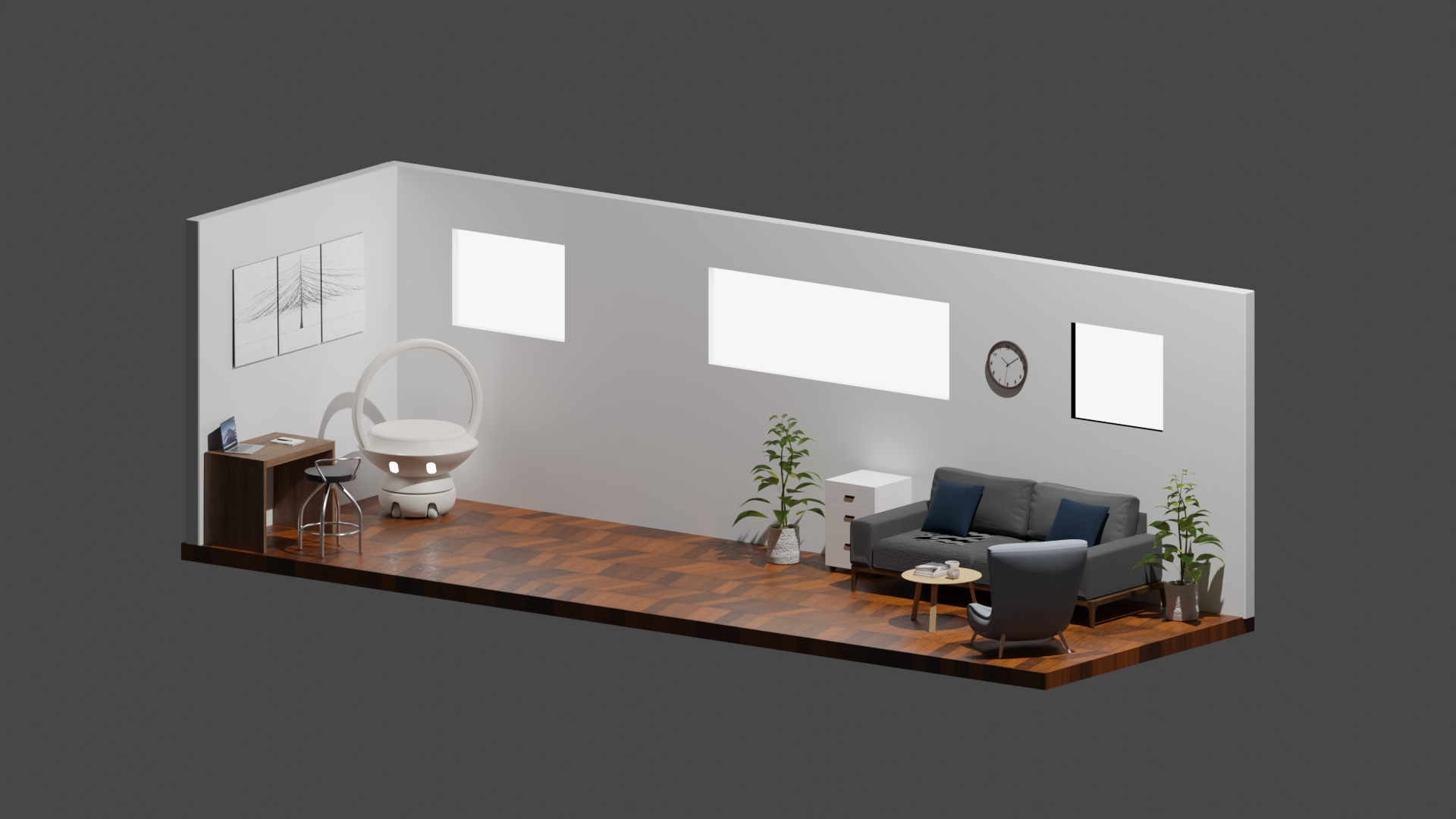
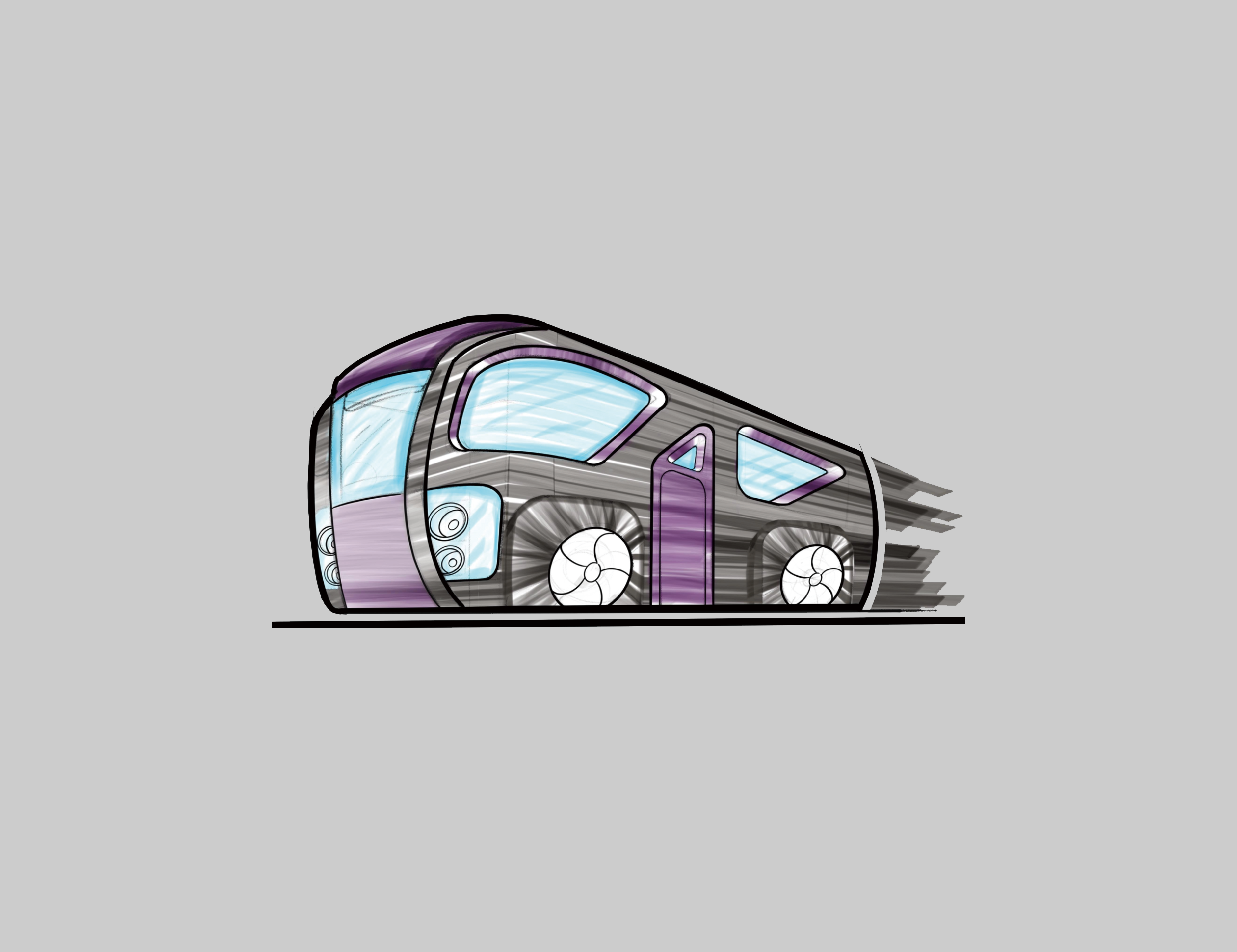
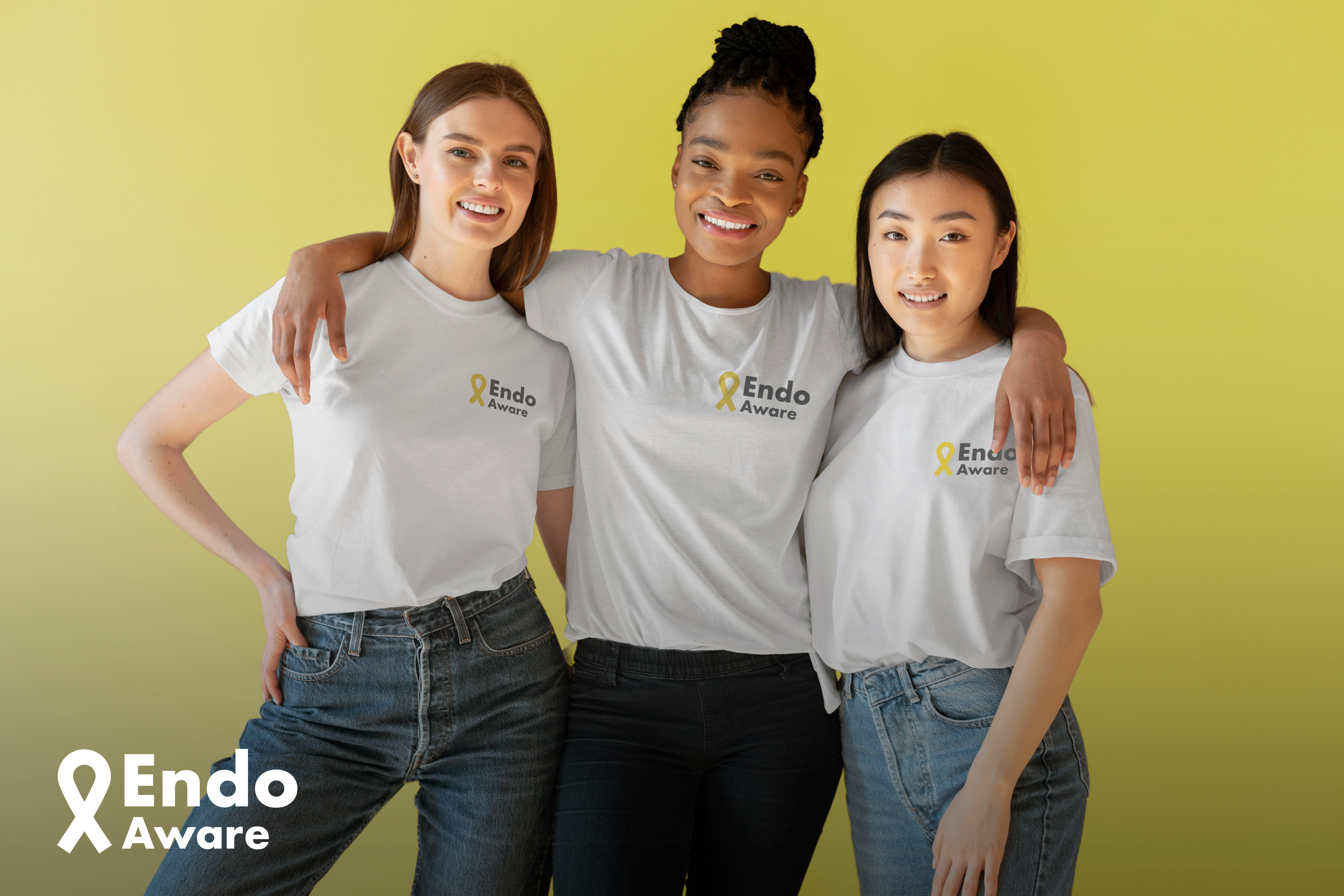
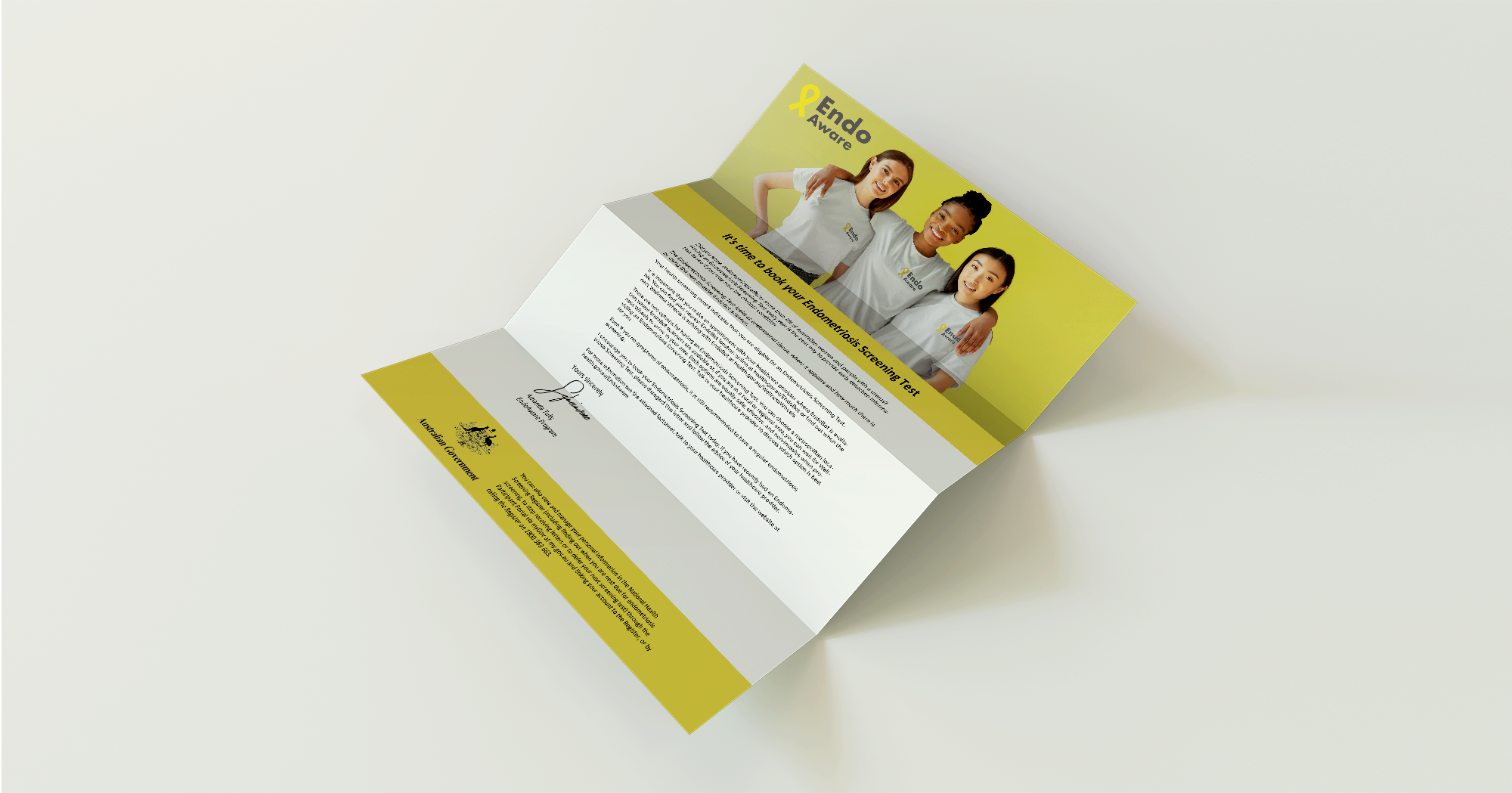
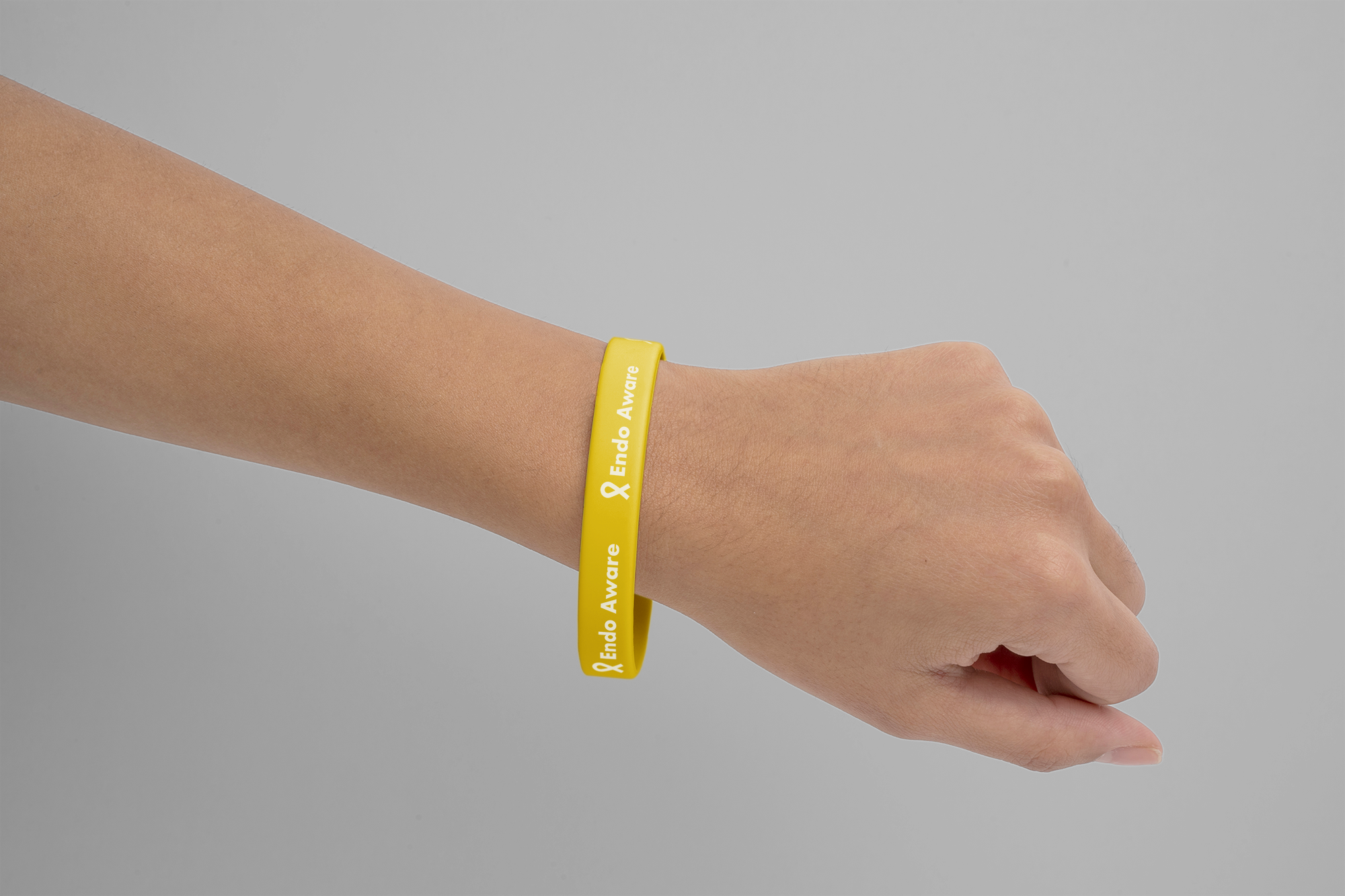
0 Comments